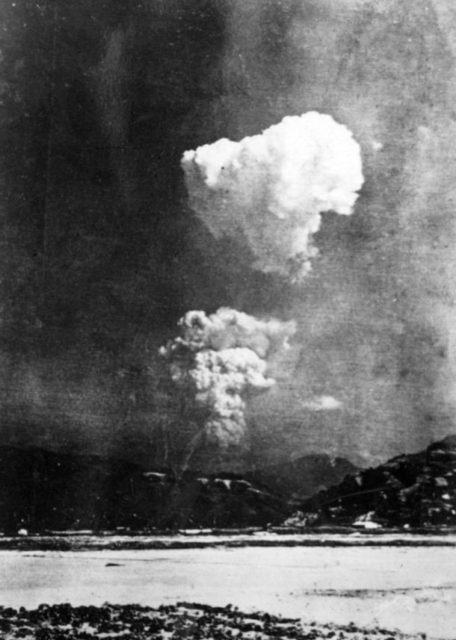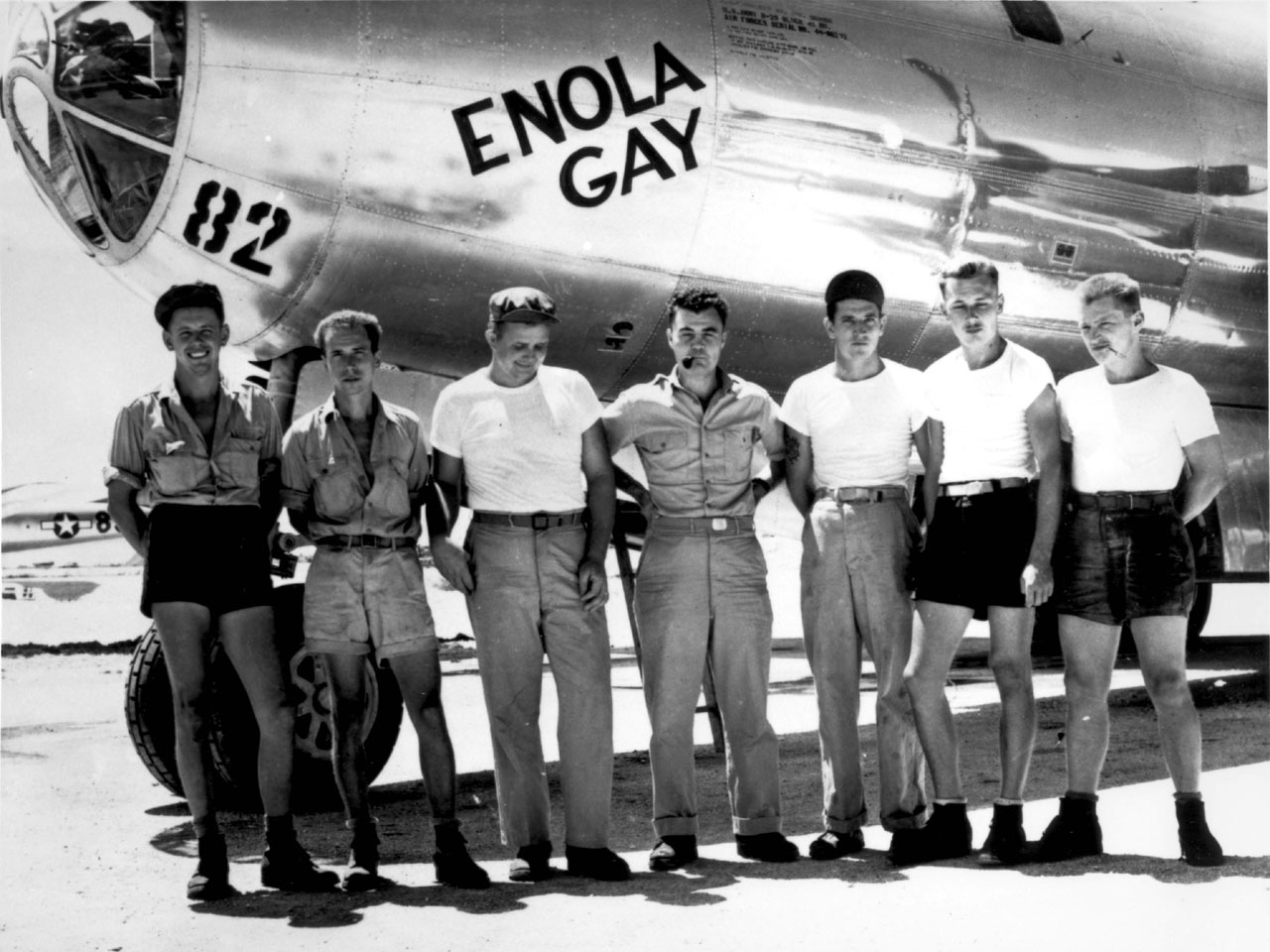75 years after the Hiroshima atomic attack, victims of the so-called ‘black rain’ have been given relief by the Japanese courts to claim medical benefits.
On Wednesday, 29th July 2020, the courts declared that those people who suffered illnesses due to radiation poisoning after the World War II atomic bomb attack are entitled to receive the same medical and other benefits awarded to those who lived close to the blast range.
The Hiroshima court ruled in favor of 84 plaintiffs that lodged the claim against the Japanese authorities.

Not only were thousands of people vaporized instantly, but many tens of thousands more were left to die slowly from illnesses caused by exposure to radiation.
The resultant fallout particles from the explosion mixed with carbon emitted from the fires raging throughout the cities and other dangerous elements combined with rain to fall in what was known as ‘black rain.’
This fell on peoples’ skin and clothing and was breathed in as well as contaminating water and food supplies, spreading the radiation poisoning far and wide.
One of the 84 plaintiffs, 79-year-old Seiji Takato, was four years old when the bombs were dropped. When he was eight, he developed inflammation of the arm lymph nodes and suffered heart problems and strokes.
Along with thousands of other Japanese citizens, he was unable to access free medical benefits awarded to people living in what the Japanese authorities called ‘heavy rain’ areas, which were those closest to the blast zone.
Takato and the other plaintiffs all lived in ‘light rain’ areas and were excluded from claiming medical benefits. This judgment means that for the first time, victims from outside the ‘heavy rain’ areas can claim benefits for the many radiation-related illnesses from which they suffer.

He said that they had been telling the Government all the facts, but the Government had never listened before. The plaintiffs were all anxious for the case to be resolved. They are all elderly people and were concerned that they would pass away before there was a resolution.
The court ruling says that the authorities must provide each plaintiff with a certificate indicating that they were victims of the A-bomb.
This certificate ensures that they are able to claim the medical benefits, which are worth around US$300 per month.
Yoshihide Suga, Chief Cabinet Secretary, said that there was no decision from the Government, whether they would appeal the ruling or not.
Another Article From Us: Remains of Missing Marine from WWII Returning Home for Burial
The Hiroshima prefecture, the city of Hiroshima and the relevant government ministries, would study the verdict and then decide what action, if any, to take.
